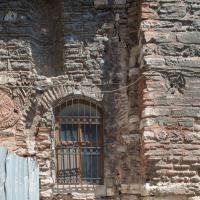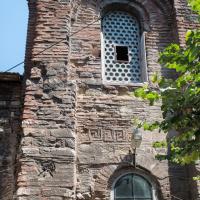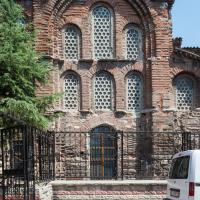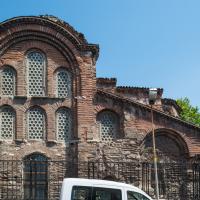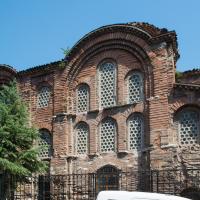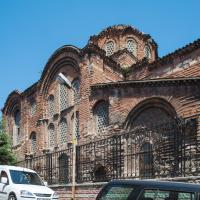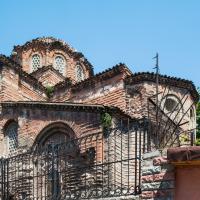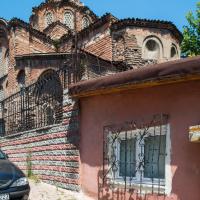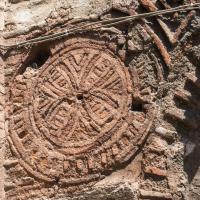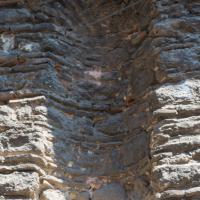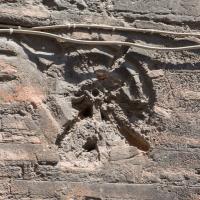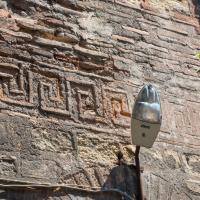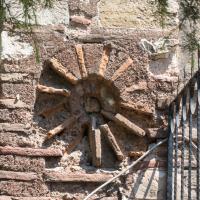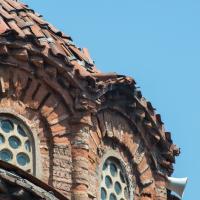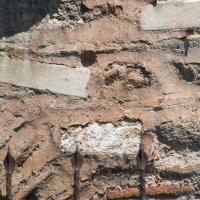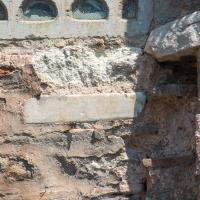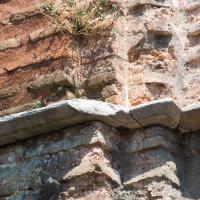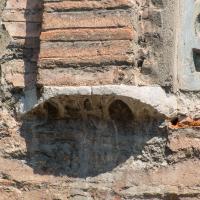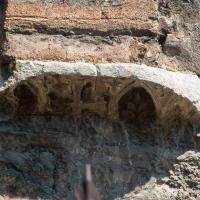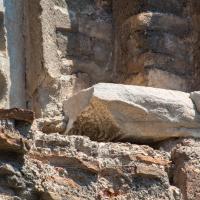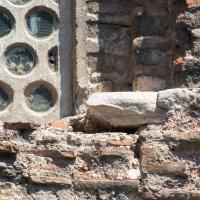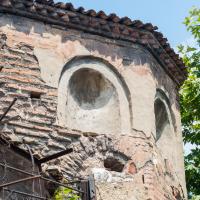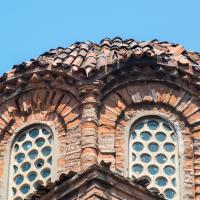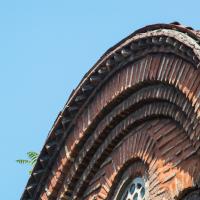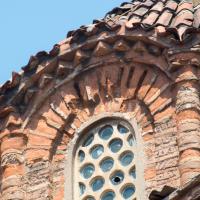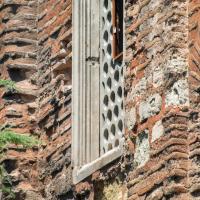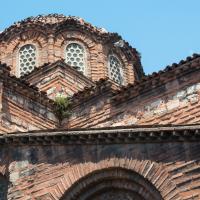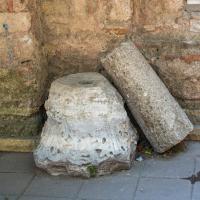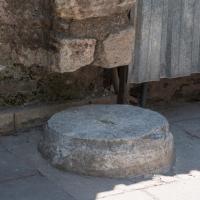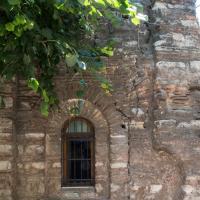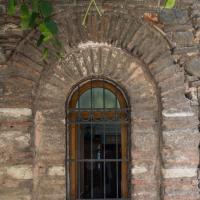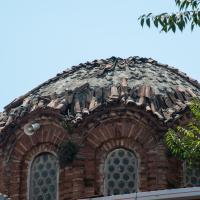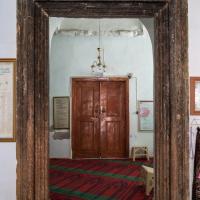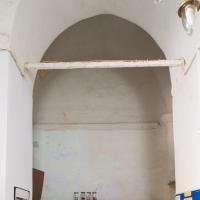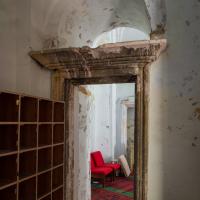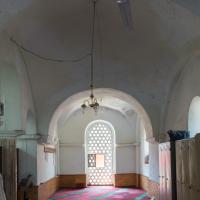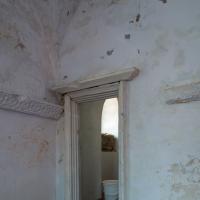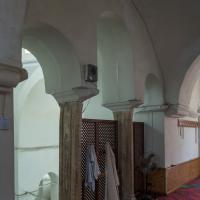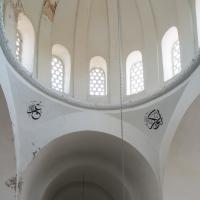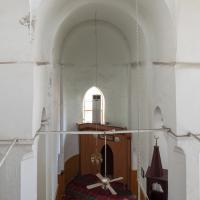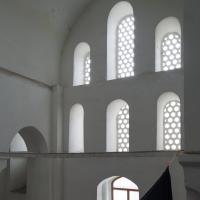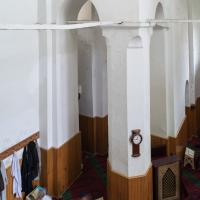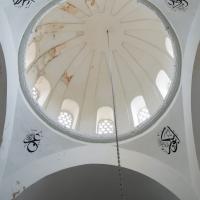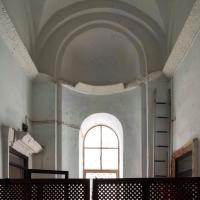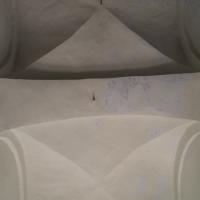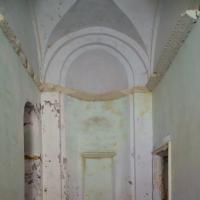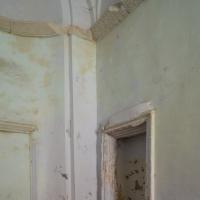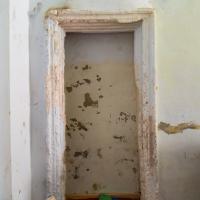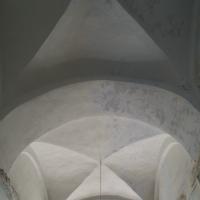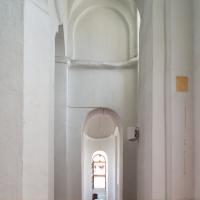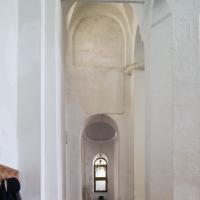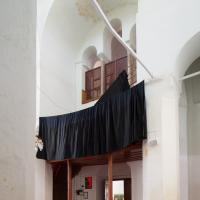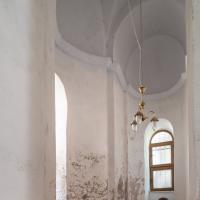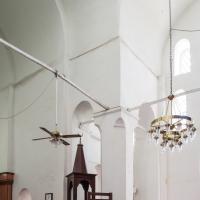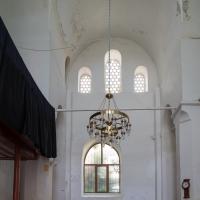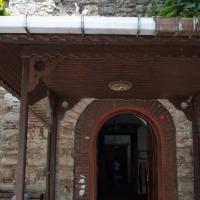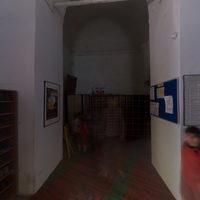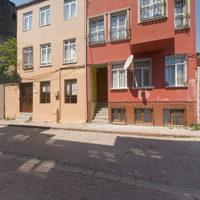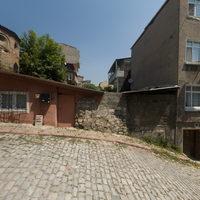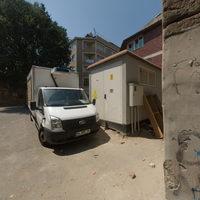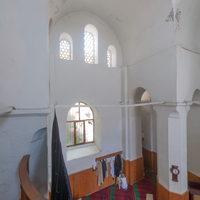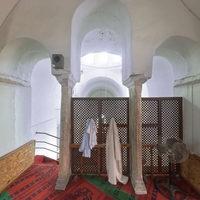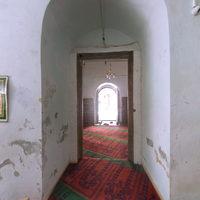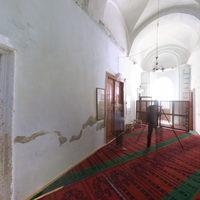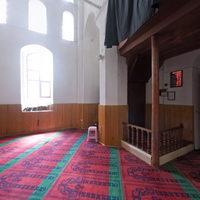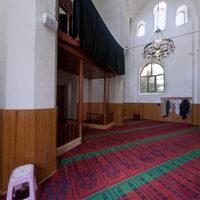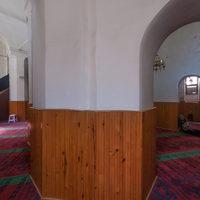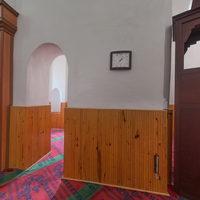Christ Pantepoptes
Anna Dalassene, mother of Emperor Alexios I Komnenos (died in 1102)
Late 11th century
Description
Eski Imaret Camii, predominantly identified as the former Byzantine church dedicated to Christos Pantepoptes, Christ the All-Seeing lies today in close distance to the katholikon of the Pantokrator Monastery located in the Zeyrek neighborhood (Mango 1998: 87). Christos Pantepoptes, the identification of the structure first by Alexander Van Millingen, still remains as a matter of debate as discussed by Cyril Mango (Mango, 1998: 87).
Commanding a prominent view over the Golden Horn, facing to the northern shore of the Constantinopolitan peninsula, Eski Imaret Camii, the former Church of Christos Pantepoptes stands today as the only securely dated eleventh-century church in Constantinople. If not preceded by an older structure, the church was first commissioned by a female imperial patron, Anna Dalassena, the mother of emperor Alexius I Comnenus, possibly before 1087 (Ousterhout, 91-92: 47). Around the year 1100, the Byzantine empress is said to have taken refuge at the monastic complex, which would later have hosted many other prominent figures of the Byzantine aristocracy who were principally sent to exile following the political conflicts, such as the Patriarch Theodosius Boradiotes in 1181, Andronikos Lapardas in 1183 (Müller-Wiener, 1977: 120).
The church, originally designed as a cross-in-square unit, where the three bays of the pastophoria and bema extend beyond the main central architectural body, is supported by barrel-vaulted cisterns (Ousterhout 1991-92: 47-56). As observed in many of the surviving Constantinopolitan churches, the outer narthex that was possibly confined to an open colonnade was added at a later time by creating a cohesive architectural bond to the earlier recessed brick masonry. The church is likewise adorned by pseudocufic bands, reverberating meander motives, as well as circular brickwork rosettes concentrated on the south façade of the narthexes. Due to its obscure history, the structure and its vicinity still deserves a detailed architectural, archaeological and historical survey.
VR Tour
Map Location
Bibliography
- Ayvansarayi, Hüseyin bin İsmail. "Hadikat-ül Cevami." I. 33 (Istanbul, 1894).
- Asutay-Effenberger, Neslihan; Effenberger, A. "Eski İmaret Camii, Bonoszisterne und Konstantinsmauer," Jahrbuch der Österreichischen Byzantinistik 58 (2008): 13-44.
- Ebersolt, Jean. Les Églises de Constantinople (London, 1979): 169-183.
- Engin, Osman. Fatih İmareti Vakfiyesi (İstanbul, 1945).
- Janin, Raymond, La géographie ecclésiastique de l’empire byzantin, 1: Le siège de Constantinople et le patriarcat œcuménique 3: Les églises et les monastères (Paris, 1969): 513–515 (Nr. 17).
- Mango, Cyril. "Where at Constantinople was the Monastery of Christos Pantepoptes?," DChAE 52 (1998): 87-88.
- Mathews, Thomas, The Byzantine Churches of Istanbul. A Photographical Survey (London, 1976): 59–70.
- Müller-Wiener, Wolfgang, Bildlexikon zur Topographie Istanbuls. Byzantion – Konstantinupolis – Istanbul bis zum Beginn des 17. Jahrhunderts (Tübingen, 1977): 120–122.
- Ousterhout, Robert. "Some Notes on the Construction of Christos Ho Pantepoptes (Eski İmaret Camii) in Istanbul," DChAE 16 (1991-1992): 47-56.
- Ousterhout, Robert. "Eski İmaret Camii Çalışmaları," Arkeoloji ve Sanat 64-65: 13-19.
- Πασπάτης, Αλέξανδρος, Βυζαντιναί μελέται Τοπογραφικαί και ιστορικαί (Κωνσταντινούπολης, 1877): 313-14.
- Theis, L. Flankenräume im mittelbyzantinischen Kirchenbau. Zur Befundsicherung, Rekonstruktion und Bedeutung einer ver- schwundenen architektonischen Form in Konstantinopel (Spätantike – Frühes Christentum – Byzanz. Kunst im ersten Jahrtausend. Reihe B: Studien und Perspektiven 18) (Wiesbaden, 2005): 74–82.


